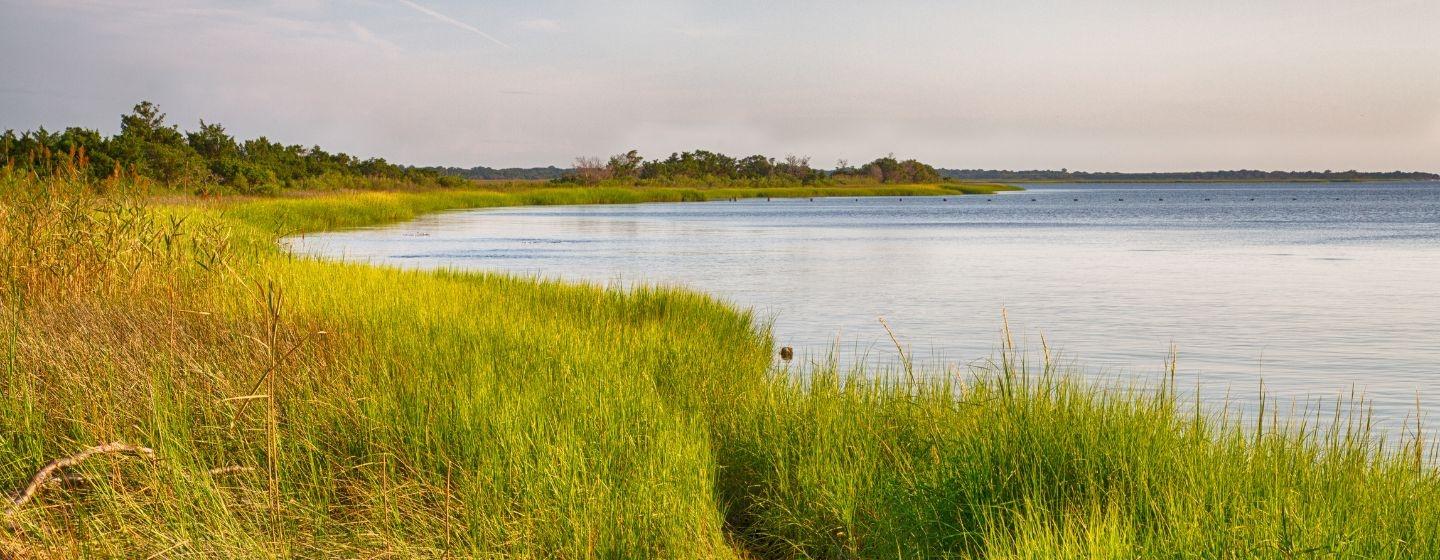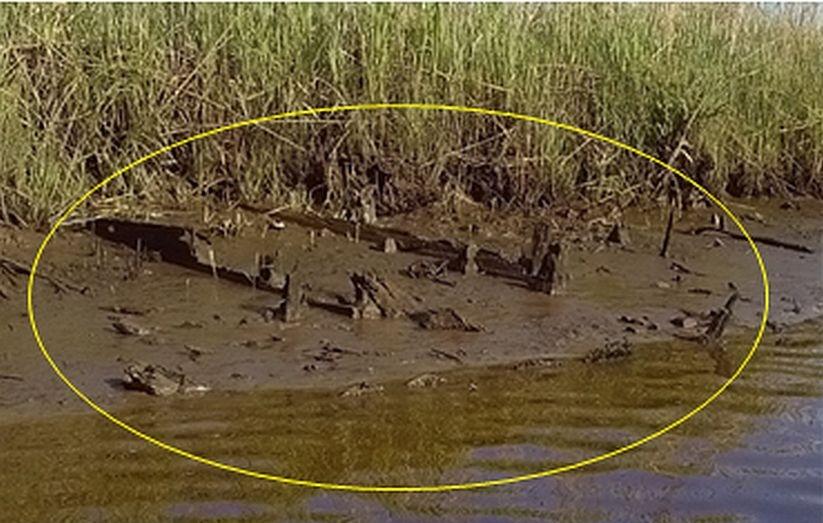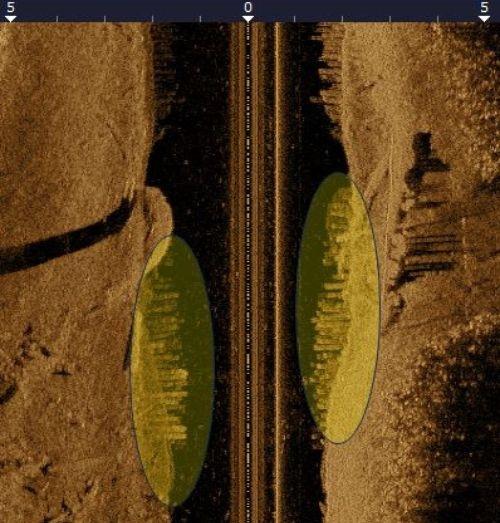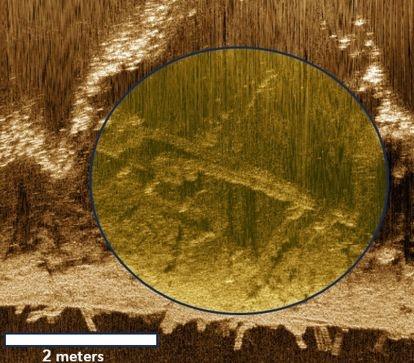Documenting Gullah Geechee History on NC's Coast


There’s a rich agricultural history beneath the depths of the lower Cape Fear and Brunswick rivers, and archaeologists are racing to document it before it’s lost.
It’s the story of the region’s history of rice cultivation and the enslaved West and Central Africans and their descendants, the Gullah Geechee, who built and worked the fields.
“We may lose some of these features due to climate change and development,” said Joni Backstrom, environmental sciences assistant professor at UNC Wilmington in a story for UNCW magazine. “If we can show the importance of what we have within the region, hopefully we can prevent overdevelopment that may impact these artifacts. It’s about preservation, education and highlighting the knowledge of the Gullah Geechee people.”
The two-year project is focused on the northern end of Eagles Island, a 2,100-acre span that crosses Brunswick and New Hanover counties.
“This research has really stemmed from Mark [Wilde-Ramsing]’s keen archaeological observations and interest in historical rice cultivation,” said Backstrom. Wilde-Ramsing is an underwater archaeologist and former director of the Underwater Archaeology Branch of the North Carolina Office of State Archaeology.
Backstrom says Wilde-Ramsing told him about the network of floodgates, bulkheads, landings and canal systems that he spotted while rowing in the area at low tide. The findings indicated rice farms could have been built there long ago.
Researchers navigated the narrow, shallow and often broken-tree-filled creeks and canals of the island. They used side-scan sonar and global positioning systems to create almost photographic images of the seabed.

Once the areas were mapped and photographed, the images are reviewed to determine sites to revisit.

The team also uses aerial drone surveys at low tide to identify sites for further study.
“We’re able to see things like structures, features, different kinds of sediment types,” said Backstrom. “We can identify sand and mud.”

The team reports finding more than 45 water control structures along the coast. Researchers say the roughly 200-year-old structures are clear evidence of rice production.
“While the rice was the cash crop of the coastal Southeast, along with Sea Island cotton and indigo, Gullah Geechee ancestors provided both the brain trust and physical labor needed to change the landscapes into spaces that created commercial yields of the crop,” Sean Palmer, director of UNCW’s Upperman African American Cultural Center and a board member of the Gullah Geechee Cultural Heritage Corridor Commission, told the magazine.
The team has registered the artifacts with the North Carolina Office of State Archaeology Underwater Archaeology Branch. While the items can’t be removed from the water, the area can be protected as a historic site.
From the American Portrait episode “I Keep,” Dwight and other Gullah Geechee descendants share their rich culture and legacy of their lands. Watch their stories here. >